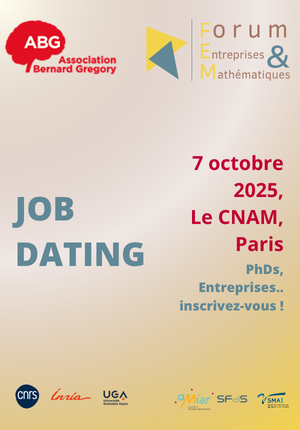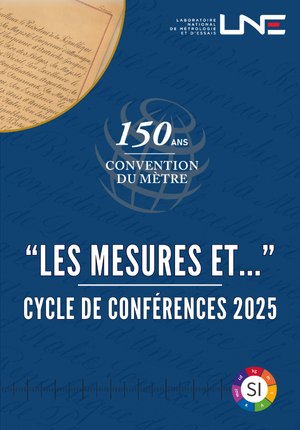Multiphysics modeling and experimental validation of dielectric barrier discharge in a liquid medium for advanced water treatment
| ABG-132957 | Sujet de Thèse | |
| 18/07/2025 | Contrat doctoral |
- Physique
- Numérique
Description du sujet
advanced water treatment. Its efficacy stems from the generation of a rich reactive oxygen species
(ROS), which drive essential processes including chemical oxidation, microbial sterilization, and the
degradation of recalcitrant pollutants. Despite its potential, a fundamental mechanistic understanding
of DBD-based water treatment remains incomplete. Key knowledge gaps persist concerning the
formation pathways of ROS within the gas phase plasma, the complex physicochemical phenomena
governing their transfer across the dynamic plasma-liquid interface, reaction kinetics, and the reaction
within the aqueous phase. Addressing these gaps necessitates the development of a comprehensive,
predictive model that rigorously integrates plasma discharge physics, interfacial transport phenomena,
and detailed liquid-phase reaction chemistry. Such a physics-based framework is critical for
elucidating the underlying mechanisms and enabling the rational design and optimization of high
efficiency plasma reactors.
This PhD project aims to bridge this knowledge gap by developing and experimentally validating a
complex multiphysics simulation framework using COMSOL. The main objectives are:
- To simulate the non-equilibrium plasma chemistry within a DBD reactor operating in water,
predicting the formation kinetics and concentrations of key reactive species (e.g., ·OH, O₃,
H₂O₂).
- To model the dynamic processes governing the transfer of these ROS across the plasma-liquid
interface, incorporating effects of plasma filaments, gas-liquid hydrodynamics, and interfacial
reactions.
- To simulate the dissolution, diffusion, reaction kinetics, and evolution of ROS and their
reaction products within the aqueous phase.
The computational modelling will be tightly integrated with targeted experimental investigations to
ensure model fidelity. Experimental techniques will include:
- Optical Emission Spectroscopy (OES): For quantifying transient gas-phase species
concentrations.
- High-Speed/High-Resolution Imaging: To characterize plasma filament dynamics,
morphology, and interface interactions.
Liquid phase Chemical Analysis: Utilizing UV-Vis spectrophotometry, and potentially mass
spectrometry (MS), HPLC to identify and quantify stable reaction products (e.g., O3, H₂O₂) and
measure oxidant concentrations under varying conditions.
These experiments will provide essential data for calibrating kinetic parameters and rigorously
validating the simulation model across a range of operational parameters (applied voltage, frequency,
gas composition, flow rate).
By synergistically combining advanced multiphysics modelling with targeted experimental validation,
this project will deliver a deeper mechanistic understanding of the coupled interfacial physics and
chemistry in plasma-liquid systems for water treatment. A validated computational framework capable
of simulating DBD reactor performance under diverse operating conditions. Essential knowledge and
tools to guide the rational design, optimization, and future scale-up of DBD reactors for industrial
water treatment applications.
Nature du financement
Précisions sur le financement
Présentation établissement et labo d'accueil
The Jean Lamour Institute (IJL) is a joint research unit of CNRS and the University of Lorraine. It is
affiliated with the CNRS Institute of Chemistry. Specialized in materials science and process
engineering, its research areas cover the following fields: materials, metallurgy, plasmas, surfaces,
nanomaterials, and electronics. The IJL has 183 researchers and faculty members, 91 engineering,
technical, and administrative staff, 150 PhD students, and 25 post-doctoral researchers. It collaborates
with more than 150 industrial partners, and its academic collaborations extend across approximately
thirty countries. Its exceptional instrumental facilities are spread across 4 sites, with the main site
being a new building located on the ARTEM campus in Nancy, which will be the primary location for
the PhD work.
Profil du candidat
We are seeking a highly motivated and enthusiastic PhD candidate with a strong interest in plasma
science, multiphysics modeling, and environmental applications. The ideal candidate should meet the
following requirements:
Educational background:
Master's degree (or equivalent) in plasma physics, chemical Engineering, or a related field.
Technical skills:
Solid knowledge of plasma physics or fluid mechanics, with a particular interest in cold
atmospheric plasmas.
Prior experience with numerical simulation tools (e.g., COMSOL Multiphysics, Fortran, or
similar program) is highly desirable.
Familiarity with spectroscopic techniques (such as optical emission spectroscopy) and/or
chemical analysis methods (e.g., UV-Vis, MS) is a plus.
Analytical and research abilities:
Strong analytical thinking, problem-solving skills, and ability to work independently and
collaboratively in a multidisciplinary team.
Good scientific writing skills and the ability to present research findings clearly.
Language Skills:
Good written and oral communication skills in English (knowledge of French is an advantage
but not mandatory).
Ability to write research articles and present findings at international conferences.
Teamwork and collaboration
Ability to work both independently and as part of a multidisciplinary team.
Willingness to collaborate with other research groups for practical applications.
Vous avez déjà un compte ?
Nouvel utilisateur ?
Vous souhaitez recevoir nos infolettres ?
Découvrez nos adhérents
 Institut Sup'biotech de Paris
Institut Sup'biotech de Paris 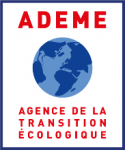 ADEME
ADEME  MabDesign
MabDesign  Groupe AFNOR - Association française de normalisation
Groupe AFNOR - Association française de normalisation  ASNR - Autorité de sûreté nucléaire et de radioprotection - Siège
ASNR - Autorité de sûreté nucléaire et de radioprotection - Siège  MabDesign
MabDesign  Aérocentre, Pôle d'excellence régional
Aérocentre, Pôle d'excellence régional  Ifremer
Ifremer  CASDEN
CASDEN 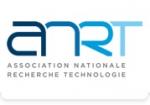 ANRT
ANRT  SUEZ
SUEZ  Tecknowmetrix
Tecknowmetrix  Nokia Bell Labs France
Nokia Bell Labs France 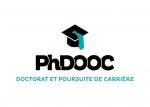 PhDOOC
PhDOOC  Généthon
Généthon  Laboratoire National de Métrologie et d'Essais - LNE
Laboratoire National de Métrologie et d'Essais - LNE  CESI
CESI  TotalEnergies
TotalEnergies  ONERA - The French Aerospace Lab
ONERA - The French Aerospace Lab

